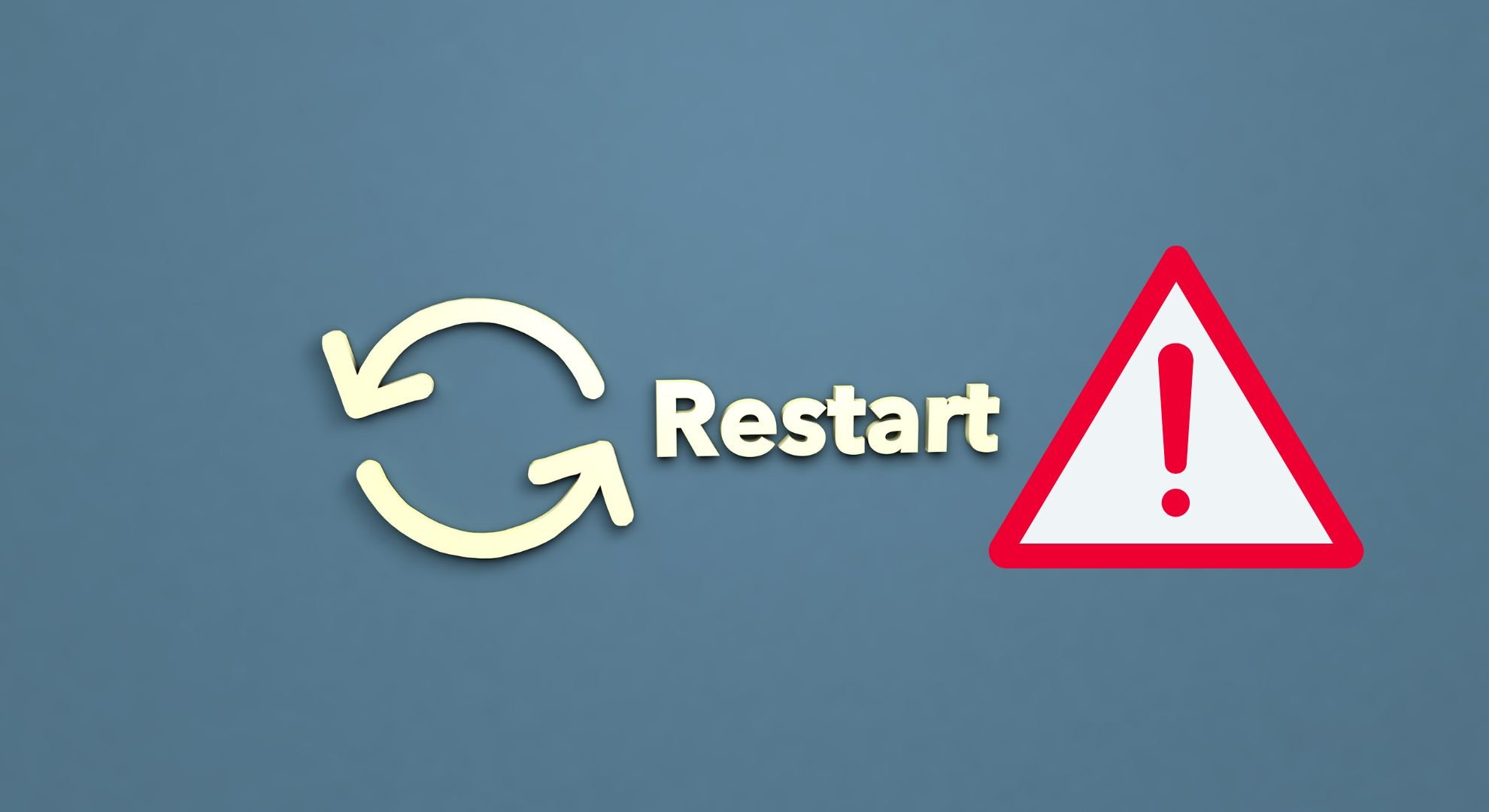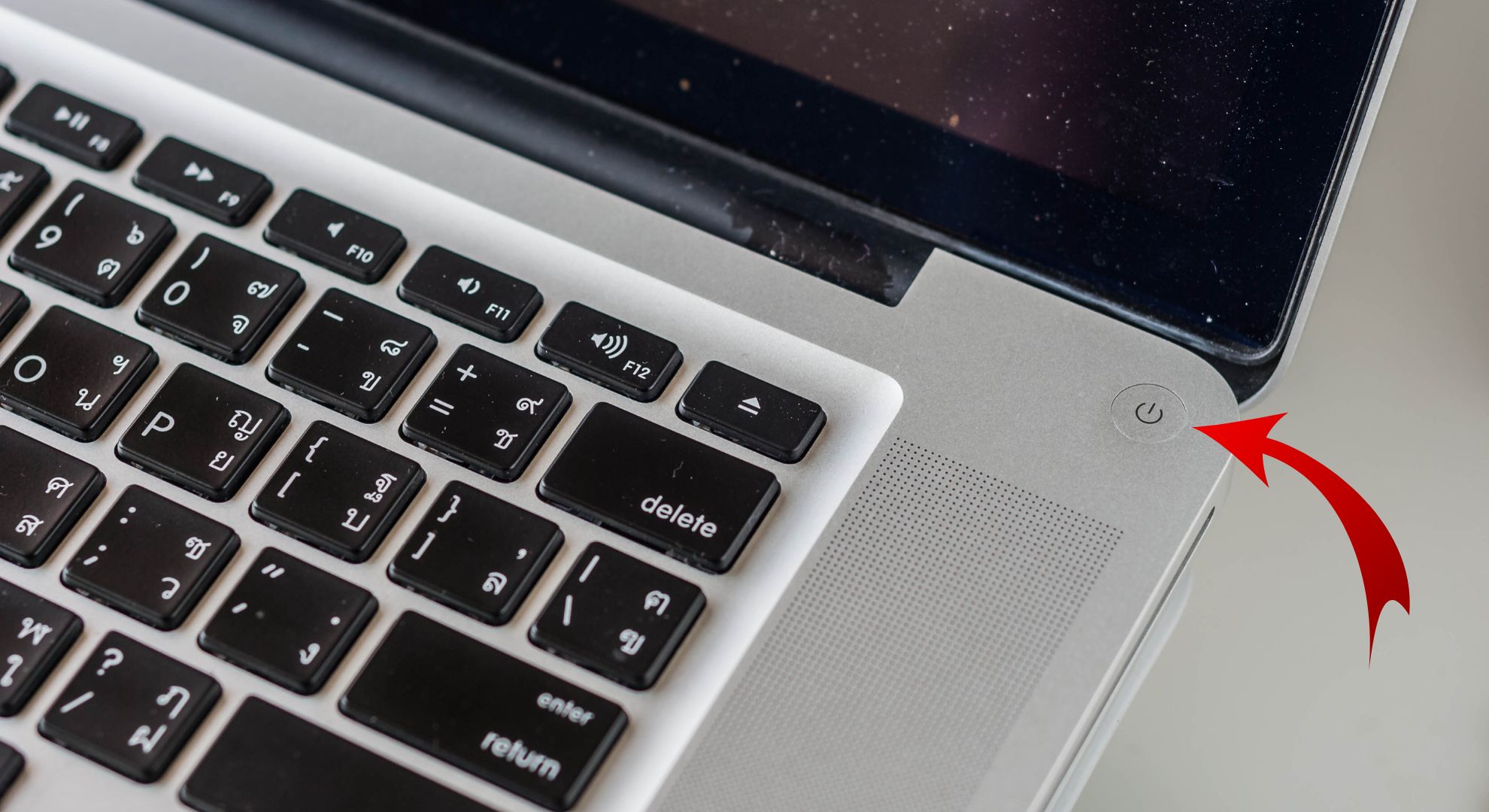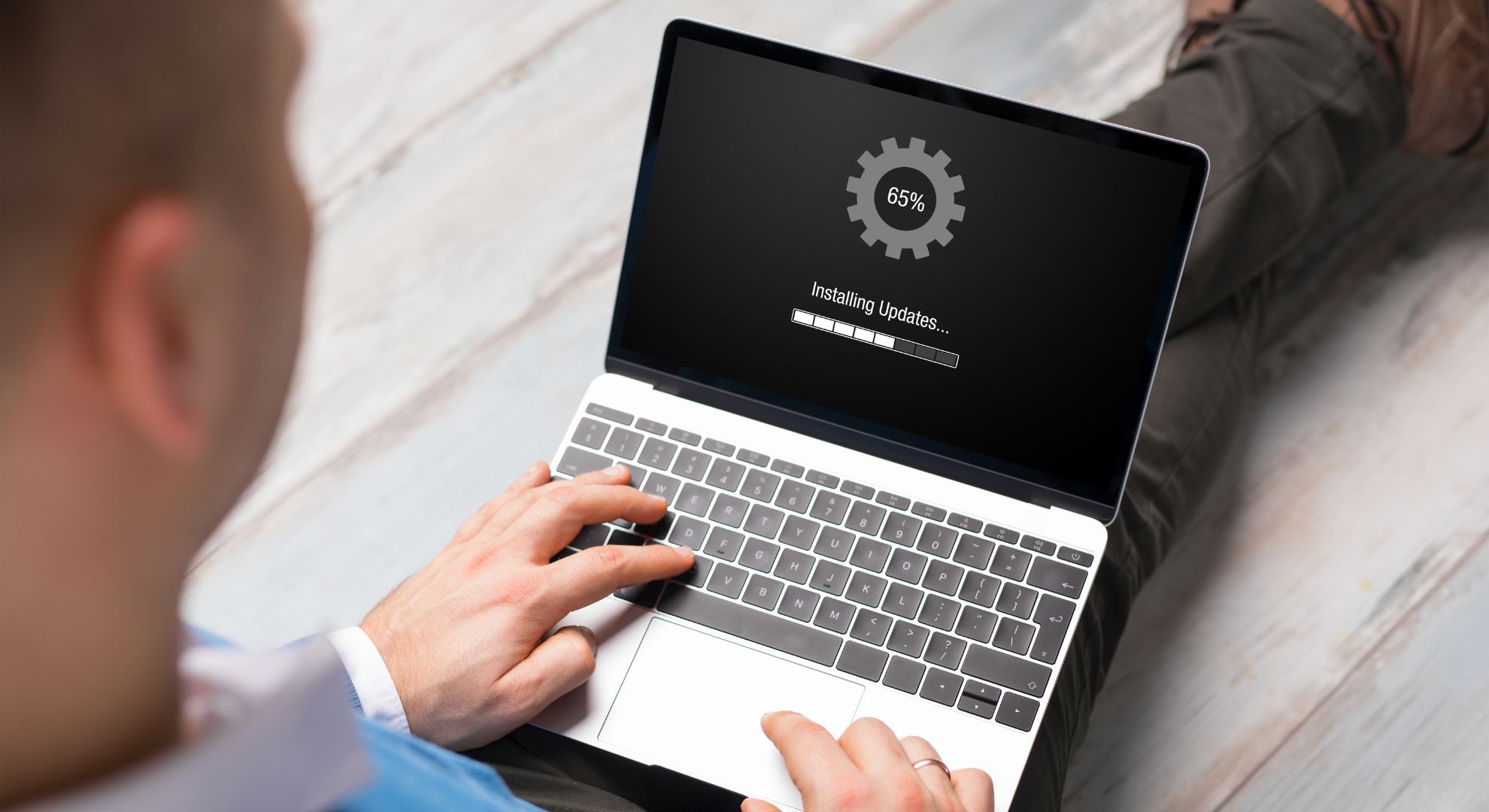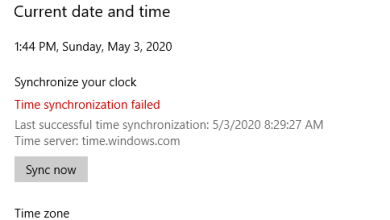6 Easy Fixes for When Your Laptop is Stuck Restarting [2024]
- Understanding whether the issue is related to software conflicts, hardware malfunctions, or system updates is crucial for effective troubleshooting.
- Fixes like force restarting, booting in safe mode, performing system repairs, and uninstalling recent updates can help restore normal functionality to your laptop.
- Regularly updating your system, backing up your data, and using reliable antivirus software are essential steps to minimize future occurrences of such issues.
When your laptop gets stuck on the “restarting” screen, it can be more than just a minor inconvenience. This common issue across various brands running Microsoft Windows often leaves users staring at a seemingly endless loop.
In this guide, we’ll discuss the reasons behind this frustrating problem and offer practical solutions to get your system back up and running smoothly. Whether it’s a glitch, a system update in progress, or deeper software conflicts, we’ll cover all the bases to help you resolve the restarting hang-up.
Table of Contents:
Understanding the “laptop stuck restarting” issue

When your laptop gets stuck on the restarting screen, it’s caught in a loop where it attempts to reboot but fails to progress to the login screen or desktop. This issue is usually indicated by the screen displaying messages like “Restarting” or simply showing a spinning wheel or logo indefinitely. Here are common signs of this error:
- The restarting message or logo remains on the screen for an unusually long time without any change.
- The laptop might repeatedly shut down and attempt to restart on its own.
- Occasionally, the screen might flicker, or error messages may appear briefly before disappearing.
READ MORE: Windows Stuck in a Restart Loop? Here Is the Fix! ➜
↪ Possible causes

There are several reasons why a laptop might get stuck during a restart, ranging from software glitches to hardware malfunctions. Here’s a breakdown of the most common causes:
- Software conflicts: Overlapping applications or system processes during startup can stop the system.
- Hardware issues: Defective components like hard drives, RAM, or motherboards can prevent proper operating system loading.
- Operating system updates: Interrupted updates or issues with update files may block the boot process.
- Driver conflicts: Outdated or corrupted drivers can freeze the system during startup by failing to communicate correctly with the hardware.
- Viruses or malware: Malicious software can disrupt normal system operations by corrupting files or loading unwanted processes.
- Power supply problems: Issues with the power supply, particularly in laptops with damaged batteries or faulty adapters, can affect the boot process.
READ MORE: Windows 11 Reboots Automatically? Here’s How to Fix It ➜
How to fix the laptop stuck restarting issue?
If your laptop is stuck on the restarting screen, don’t worry! Here are some proven strategies to resolve this frustrating issue. Here are simple fixes to get your laptop up and running smoothly again:
1. Force restart your laptop

A force restart can resolve system hangs by clearing temporary files and stopping stuck processes. It effectively reboots the system from scratch, often solving the issue if your laptop is stuck on the restarting screen.
Hold the power button for about 10 seconds to restart your PC until the laptop powers off completely. Press the power button again to turn on the laptop. This will initiate a fresh boot sequence, which might resolve the problem.
READ MORE: How to Fix A Laptop That Turns Off When Unplugged ➜
2. Run the Windows Troubleshooter
When your laptop is stuck on the restarting screen, using the Windows Troubleshooter can effectively address various system issues. This tool checks for problems and fixes them automatically.
This step will only help if you can somehow manage to get into your system during a random restart stuck. Here are the steps to run the System Maintenance Troubleshooter:
- Press Win + R to open the Run dialog box, type “Control Panel,” and press “OK.”

Click OK - In the Control Panel, type troubleshooting in the search box and select “Troubleshooting.”

Click Troubleshooting - Click “View all” on the left panel to display all troubleshooters.

Click on View All - Select “System Maintenance” from the list, follow the prompts to run the troubleshooter, and apply any recommended fixes.

Click on System Maintenance
3. Boot in Safe Mode
Booting in Safe Mode allows your laptop to start with a minimal set of drivers and programs. This limited state can help troubleshoot issues by isolating problematic software or drivers interfering with the normal boot process. Follow these steps to boot the PC in Safe Mode:
- Press the Windows Key + R and type “msconfig” in the dialog box. Press Enter or click OK.

Type msconfig - Select the “Boot” tab.

Open the Boot tab - Select the “Safe Boot” option, click “Apply,” and choose “OK“.

Click OK
READ MORE: Windows Won’t Boot Into Safe Mode? – Try These Fixes! ➜
4. Perform Startup Repair
Using Windows recovery options like Startup Repair can be crucial in fixing problems that prevent your laptop from restarting properly. Startup Repair scans your laptop for issues like missing or damaged system files and attempts to fix them automatically. Here are the steps to use Startup Repair:
- Restart your laptop and repeatedly press the F11 key (or the key your specific laptop requires) during the boot process to enter the Windows Recovery Environment.

Press F11 Key - Select “Troubleshoot” from the options.

Select Troubleshoot - Then, choose “Advanced options.“

Click on Advanced options - Here, you will see different options, select “Startup Repair.” Follow the on-screen instructions to let Startup Repair diagnose and attempt to fix issues preventing your laptop from booting correctly.

Click on Startup Repair.
READ MORE: How to Fix “Startup Repair Cannot Repair this Computer Automatically” ➜
5. Uninstall recent updates
If your laptop started experiencing issues after a recent update, removing these updates might resolve the problem. Sometimes, updates can introduce unexpected bugs that interfere with normal operations. Here’s how to uninstall recent updates:
- Boot into the Windows Recovery mode by restarting your laptop and pressing the F11 key as it starts up.

Press F11 Key - Once in the recovery environment, click on the “Troubleshoot” option to proceed.

Select Troubleshoot - Navigate to “Advanced options” to find more specific recovery choices.

Click on Advanced options - Select “Uninstall Updates” and proceed with the prompts to uninstall the update. Once completed, restart your laptop to see if the issue has been resolved.

Click Uninstall Updates
READ MORE: How to Clear Windows Update Cache in 7 Steps [2024]
6. Update Drivers
Keeping your drivers and operating system up to date is essential for ensuring your laptop runs smoothly and avoiding issues like getting stuck on the restarting screen. Driver updates often include patches for bugs, improvements in performance, and enhanced security measures that can prevent many common problems. Here’s how to update drivers:
- Right-click the “Start” button and select “Device Manager.”

Open Device Manager
- Right-click on each device and choose “Update driver.”

Click Update Driver - Select “Search automatically for updated driver software” and follow the on-screen instructions.

Click Search automatically for updated driver software
For some hardware, especially graphics cards and complex peripherals, visit the manufacturer’s website to download the latest drivers instead of relying on Windows Update. After updating, restart your laptop to ensure all updates are correctly applied and to check if the issue with the laptop getting stuck on restarting has been resolved.
READ MORE: How to update graphics driver in Windows? (AMD, Nvidia, Intel) ➜
How to prevent such errors in the future?

To prevent your laptop from getting stuck on the restart screen in the future, follow these straightforward tips:
- Regular updates: Keep your operating system and applications up-to-date to fix bugs and enhance security.
- Regular backups: Back up your data consistently to recover quickly if you need to reset or restore your system.
- Reliable antivirus: Use trustworthy antivirus software to prevent and remove malware that can disrupt system operations.
READ MORE: What’s the Difference Between A Chromebook and A Laptop? ➜
Final thoughts
Dealing with a laptop stuck on the restarting screen can be frustrating, but it’s usually solvable with the right steps. Whether performing a force restart, entering Safe Mode, or using Windows Recovery options, these methods can help bring your laptop back to normal functionality.
Regular maintenance is crucial, like updating drivers, running system checks, and keeping your antivirus software up-to-date. By adopting these practices, you not only resolve current issues but also minimize the chances of similar problems in the future.
FAQs
Yes, when a hard drive is full or has many fragmented files, it struggles to access and execute files efficiently. This inefficiency can extend to the boot process, making the laptop slow to start up or causing it to freeze during startup.
BIOS (Basic Input/Output System) updates can address and fix compatibility issues between the operating system and hardware. Updating the BIOS can thus resolve these compatibility issues, but it should be done carefully to avoid incorrect installation, which can complicate matters further.
Yes, malfunctioning external devices such as USB drives, external hard drives, or peripherals can interfere with the boot process. Disconnect all external devices to see if this resolves the issue.
A system restore point allows you to revert your computer’s state to a previous point. This can be useful if a recent change to your system caused the issue of getting stuck on restart.
Waiting time can vary, but generally, if a restart takes longer than 30 minutes without any sign of progress (e.g., spinning dots, loading bar), assuming the process is stuck is reasonable. Monitoring the computer during this time is important to ensure it isn’t just performing a lengthy update or operation.
 Reviewed by
Reviewed by 




